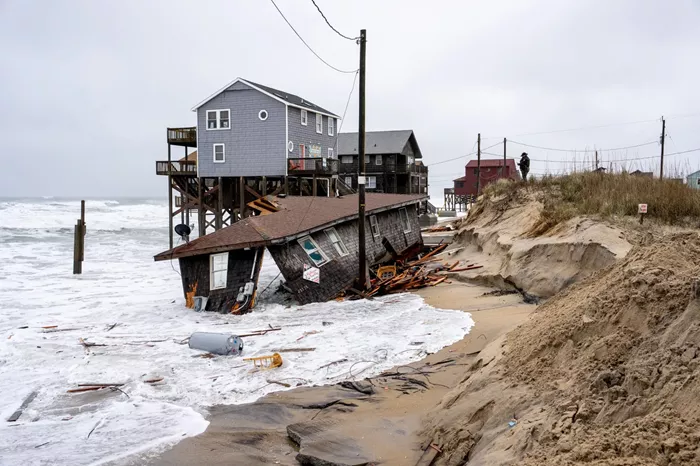In recent years, full-time RV living has become a popular lifestyle choice across Canada. Whether driven by the desire for travel, downsizing, or enjoying a minimalist lifestyle, more Canadians are embracing life on the road. However, hitting the road full-time brings with it unique responsibilities—one of the most important being insurance.
Unlike standard auto insurance, full-time RV insurance in Canada requires a comprehensive approach that protects both your vehicle and your home on wheels. This article explores the nuances of RV insurance for full-timers in Canada, offering an in-depth Insurance Guide to help you find trustworthy insurance coverage tailored to your unique needs.
Understanding the Difference: Part-Time vs Full-Time RV Insurance
When it comes to RV insurance, there’s a fundamental distinction between part-time and full-time policies. Part-time RV insurance treats your RV like a recreational vehicle used occasionally, while full-time RV insurance treats it like your permanent residence. This distinction matters because full-timers face additional risks, such as liability for visitors, loss of personal property, and more extensive travel coverage needs.
Key Coverage Areas for Full-Time RV Insurance
- Personal Liability: Protects you if someone is injured in or around your RV.
- Personal Belongings: Covers furniture, electronics, and other possessions kept in your RV.
- Full Replacement Cost: Ensures you receive the full value of your RV if it’s totaled or stolen.
- Emergency Expenses: Covers hotel and travel expenses if your RV becomes uninhabitable.
Legal Requirements for RV Insurance in Canada
In Canada, RVs must be insured similarly to other vehicles, but full-timers need additional coverage. Each province has its own minimum insurance requirements. At a minimum, liability insurance is mandatory, and full-timers should opt for extended coverage to protect both the RV and the lifestyle it supports.
Whether you live in Ontario, British Columbia, or Alberta, understanding car insurance types and how they apply to RVs is essential.
Comprehensive RV Insurance Coverage Explained
While basic insurance covers liability and some physical damage, RV Insurance Coverage for full-timers in Canada often includes:
1. Full-Time Liability Coverage
This includes bodily injury and property damage liability, which protects you against lawsuits and claims if someone is hurt on your property or you damage someone else’s property.
2. Personal Effects Coverage
This extends protection to everything you carry in your RV, from appliances to clothing and tools. It resembles home insurance more than car insurance in this regard.
3. Vacation Liability
When parked at a campsite or RV park, vacation liability coverage kicks in to protect you against incidents involving guests or nearby neighbors.
4. Roadside Assistance
Full-time RVers travel often, and having 24/7 roadside assistance can be a game-changer in emergencies.
Determining the Right Coverage
Not all policies are created equal. When shopping for RV insurance, consider what kind of coverage best fits your situation. Use services that help you compare car insurance and RV insurance compare platforms to evaluate the options.
Tips to Choose the Right Insurance
- Evaluate how often and how far you travel annually.
- List the personal property stored inside your RV.
- Assess your medical needs and whether travel insurance is needed.
- Look at the RV insurance cost and compare it with similar providers.
How Much Does Full-Time RV Insurance Cost in Canada?
The cost of full-time RV insurance in Canada can vary significantly based on factors such as the make and model of the RV, its usage frequency, your driving record, and the province you reside in. On average, full-time RV insurance ranges from $1,500 to $3,000 annually.
It’s wise to check current RV insurance rates or get car insurance quotes that include RV coverage to see what fits your budget.
Factors Influencing RV Insurance Rates
1. Location
Premiums may be higher in areas with a higher risk of accidents, theft, or natural disasters.
2. Type and Value of RV
Motorhomes, fifth wheels, and camper vans have different insurance requirements and associated costs.
3. Coverage Limits
Higher coverage limits naturally increase your premiums but offer better protection in the long run.
4. Claims History
Past claims can increase your rates, so it’s essential to maintain a clean record where possible.
Tips for Reducing RV Insurance Costs
Here are a few strategies to help keep your RV insurance affordable:
- Bundle your RV insurance with car insurance coverage or home insurance.
- Install anti-theft devices and safety equipment to reduce risk.
- Take advantage of loyalty discounts or memberships (e.g., CAA, Good Sam).
- Review your policy annually to adjust coverage based on current needs.
Conclusion
Living full-time in an RV offers unmatched freedom and adventure, but it also requires thoughtful planning, especially when it comes to insurance. By understanding your unique needs and evaluating comprehensive RV insurance coverage options, you can enjoy peace of mind wherever the road takes you.
Related topic:
Do You Really Need Campervan Gap Insurance?
What Is Campervan Temporary Insurance and Why Do You Need It?
What Is Campervan Rental Excess Insurance and Do You Need It?






















